Estate cars truly are the underrated catch-all machines of the 21st century.
Think how hard it would be to imagine a world where SUVs didn't exist and the estate car was king. It would certainly seem logical; estates meld the versatility of SUVs with the dynamic sharpness of their saloon equivalents. The only bad news comes in the fact that they satisfy the cliché of being 'all the car you'll ever need'.
But their ownership benefits don't stop there - they're also hugely diverse. Not only are there a multitude of options when it comes to size, but the elasticity of these machines means the list you're about to see encroaches everything from sleek shooting brakes to simplistic, breezeblock options that match volume with a competitive price.
The options of cosseting comfort, fuel-sipping efficiency or supercar-chasing performance and handling are also present, because there's a model to suit every taste and budget. Some even manage to make a fine fist of combining all these traits.
Without further ado, then, here is our pick of the best estate cars on the market today.
The best estate cars
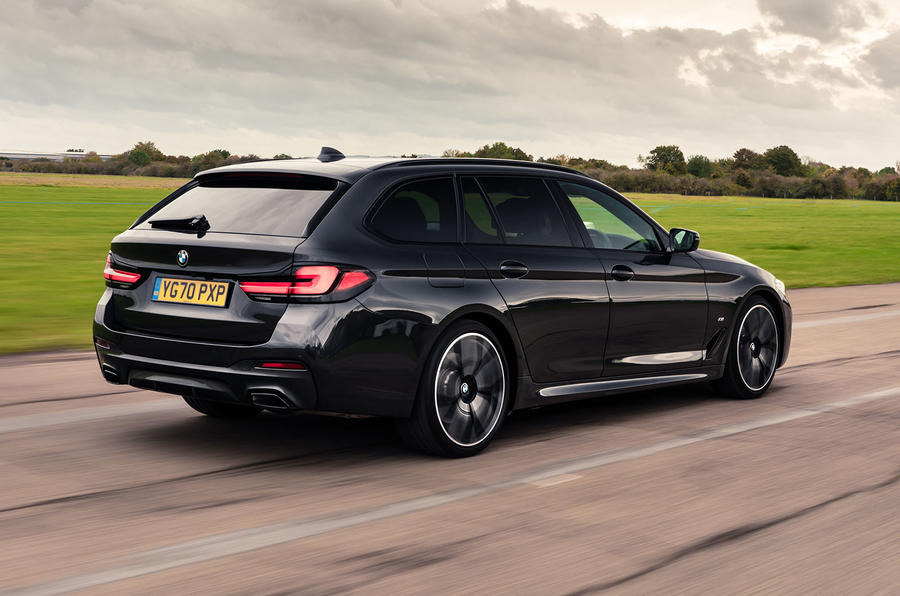
While there is a new edition of the BMW 5 Series Touring on sale now, we're yet to test it. But the last generation car is still a machine that covers all bases, and remains hard to beat.
Elegantly styled, engaging to drive, just about large enough for most needs and packed with enough neat features to suggest the brand has thought hard about how it will be used, the multi-talented German wins this space race.
At 560 litres, boot capacity on this generation of 5 Series Touring is about average (it shrinks to 430 litres in the plug-in hybrids), but the load area is well shaped and the brand’s trademark opening rear glass makes it easier to load smaller items in a tight spot.
Fold the handy 40/20/40-split rear bench and there’s up to 1700 litres to play with. What’s more, air suspension is standard for the rear axle, helping deliver both self-levelling for heavy loads and, combined with optional adaptive dampers, enhanced comfort.
Yet BMW’s ‘ultimate driving machine’ shtick doesn’t come unstuck in the estate transformation, the 5 Series hiding its bulk and mass well with meaty steering, impressive agility and the option of expressive handling if you’re in the mood. The engine line-up has been pared back in recent years, with just four-cylinder diesel and petrol options, plus the lusty six-cylinder 540i.
There’s also a 530e plug-in hybrid for business users looking for a tax break. And while there’s no M5 option, semi-official tuning arm Alpina does offer a subtle yet superheated conversion in the form of the Alpina B5 Touring, provided you’ve enough cash to fill a 5 Series Touring's boot.
Read our BMW 5 Series Touring review


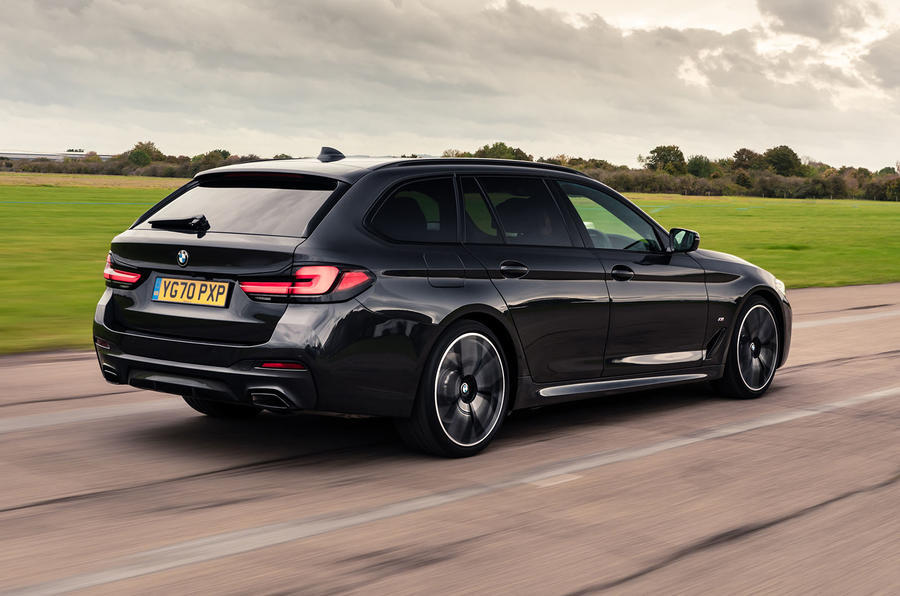

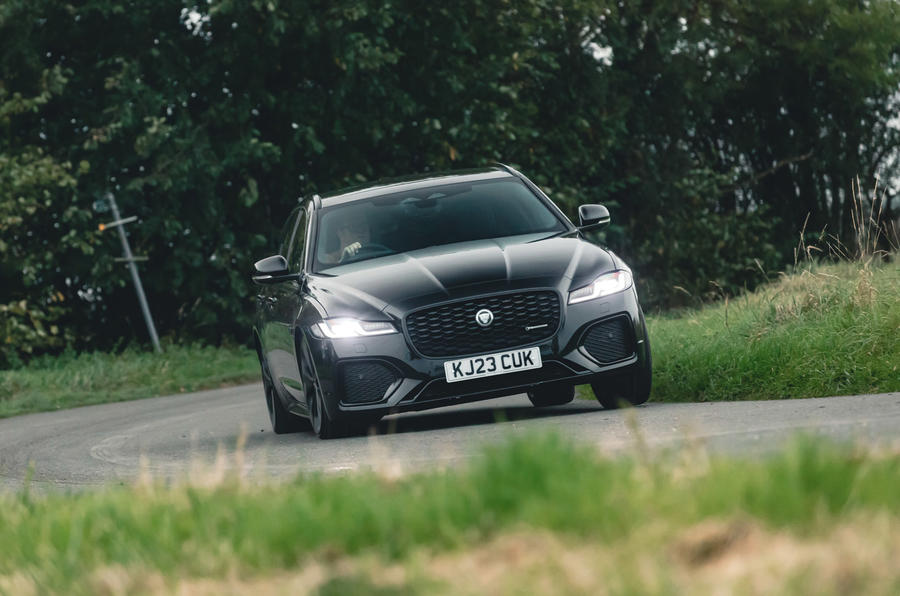
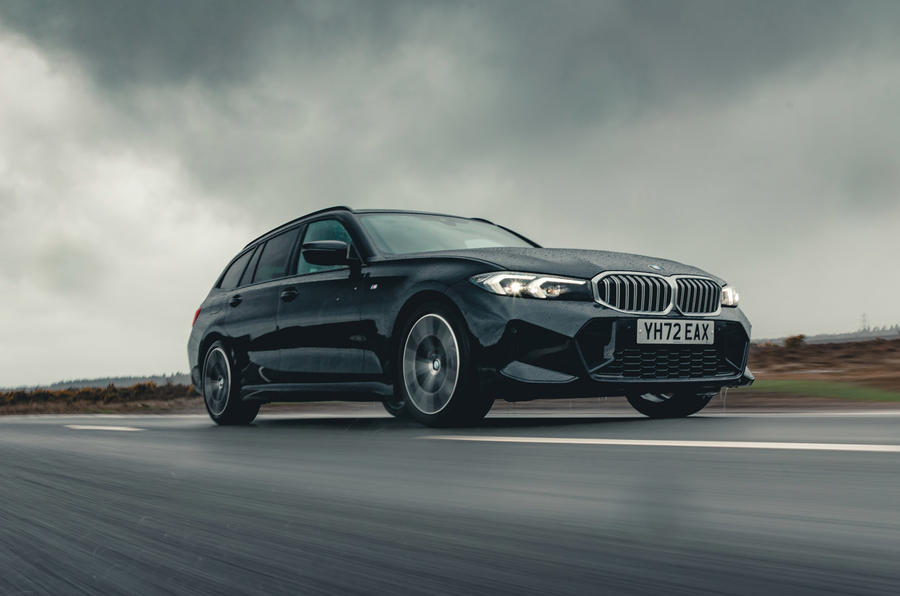

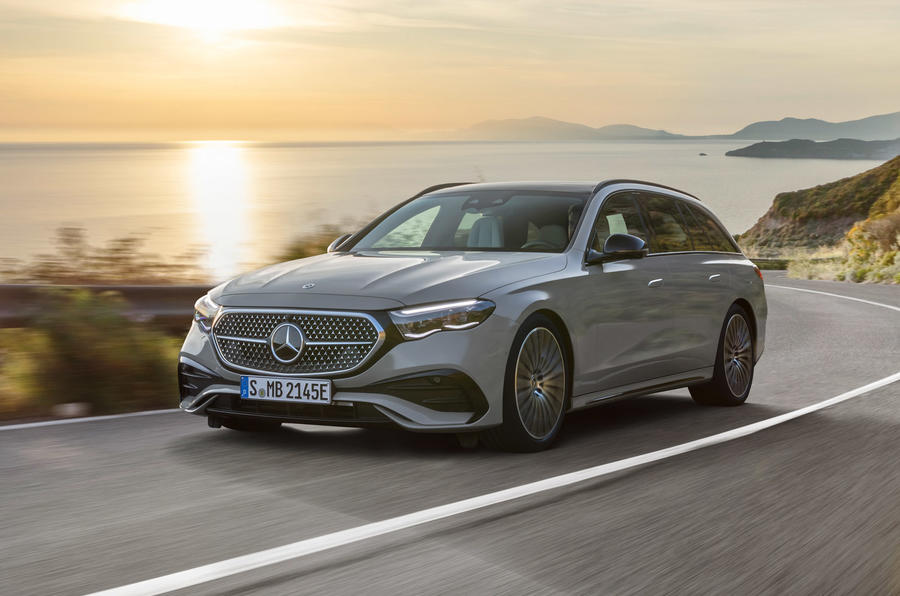
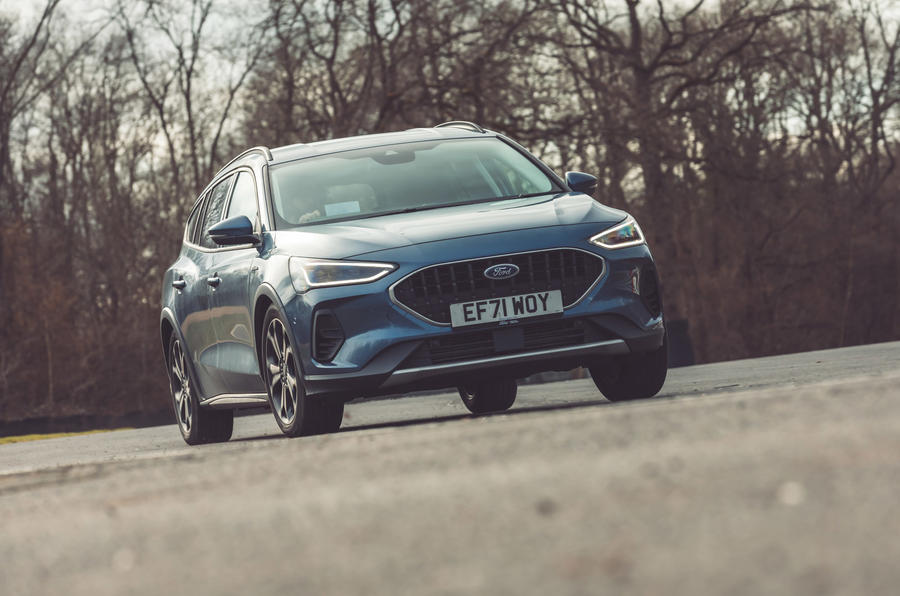
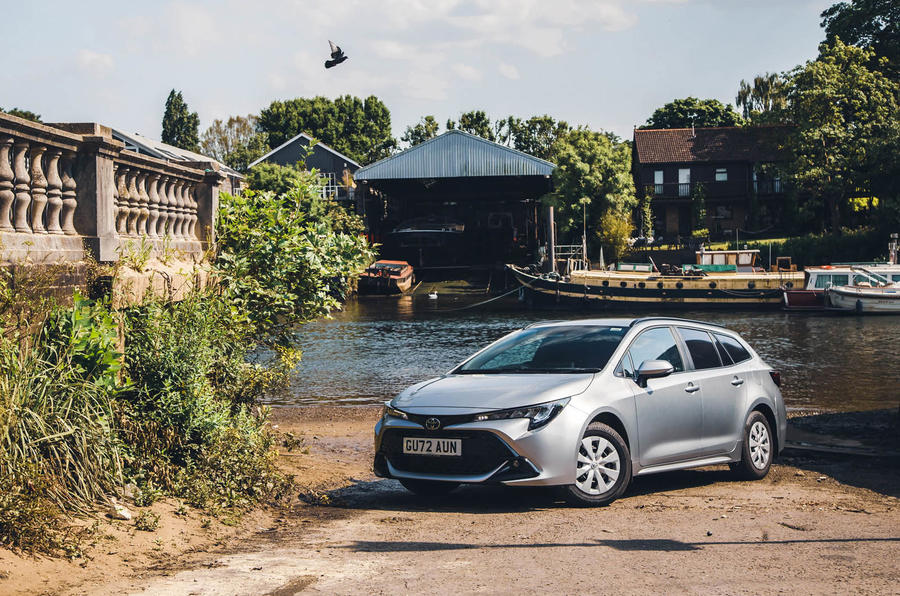
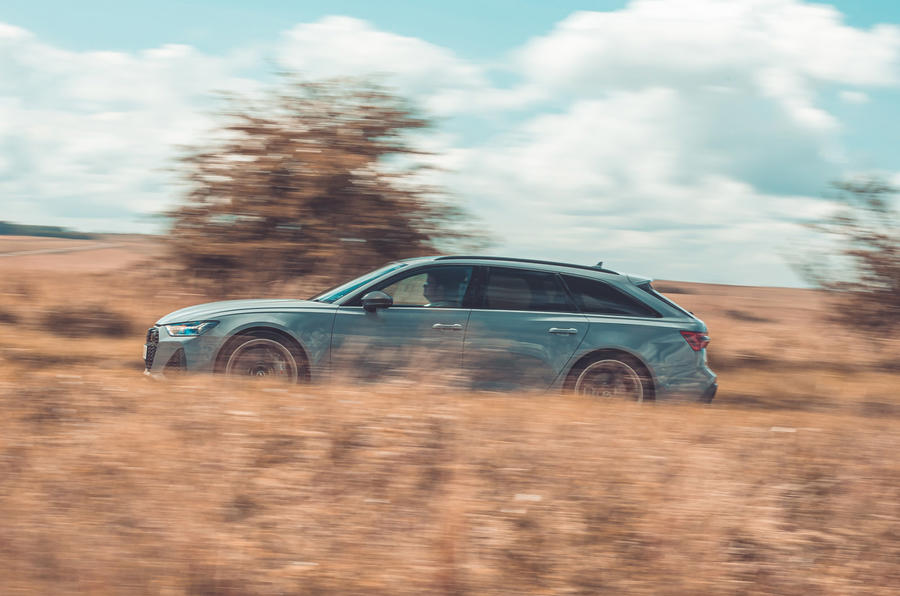
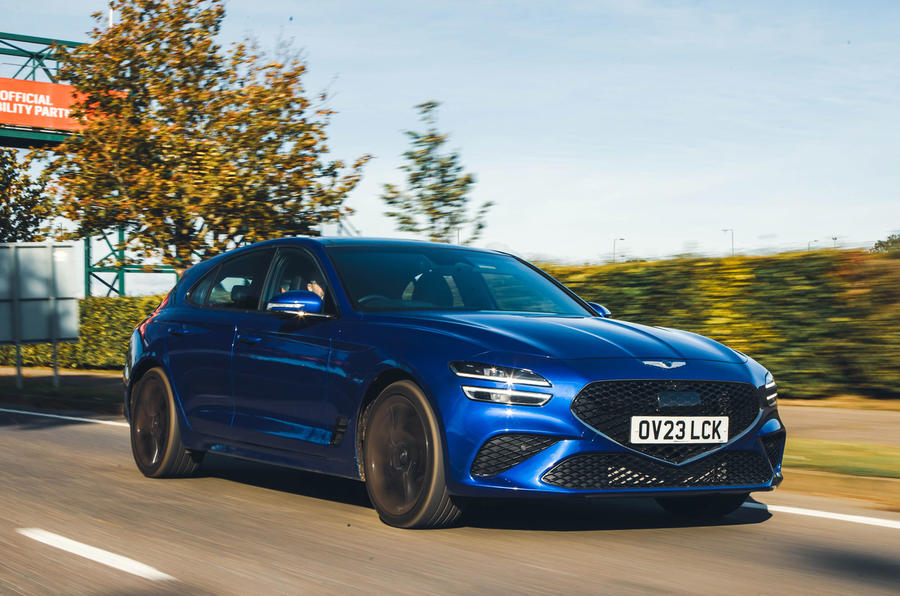
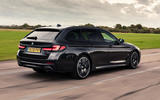

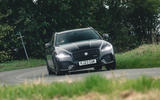
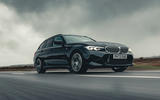


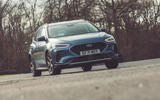
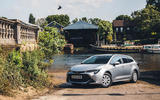

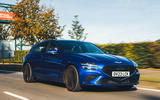

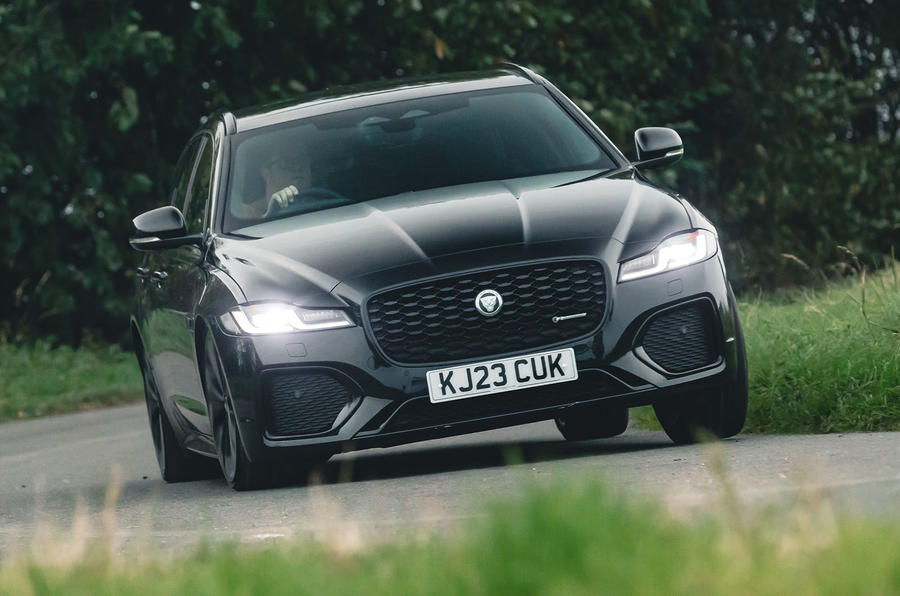
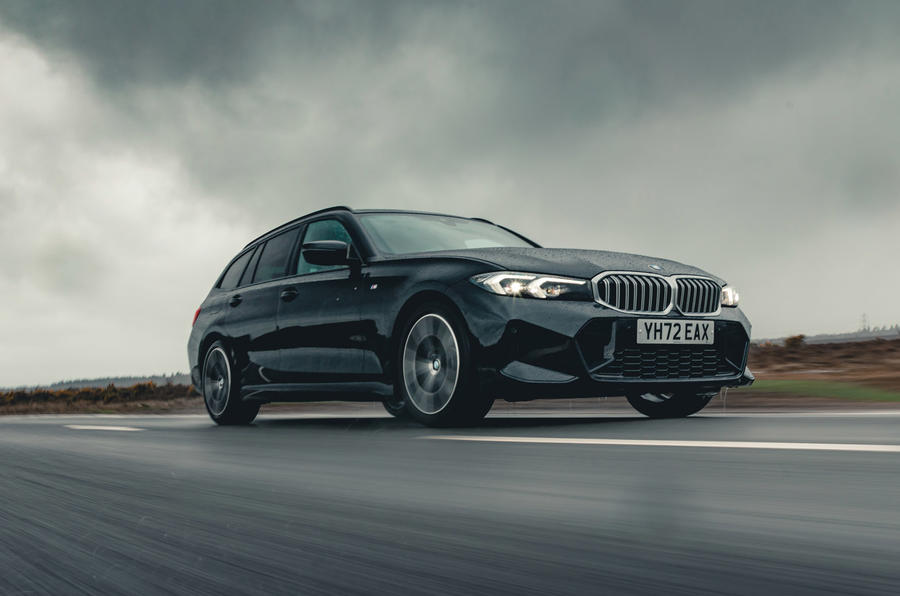
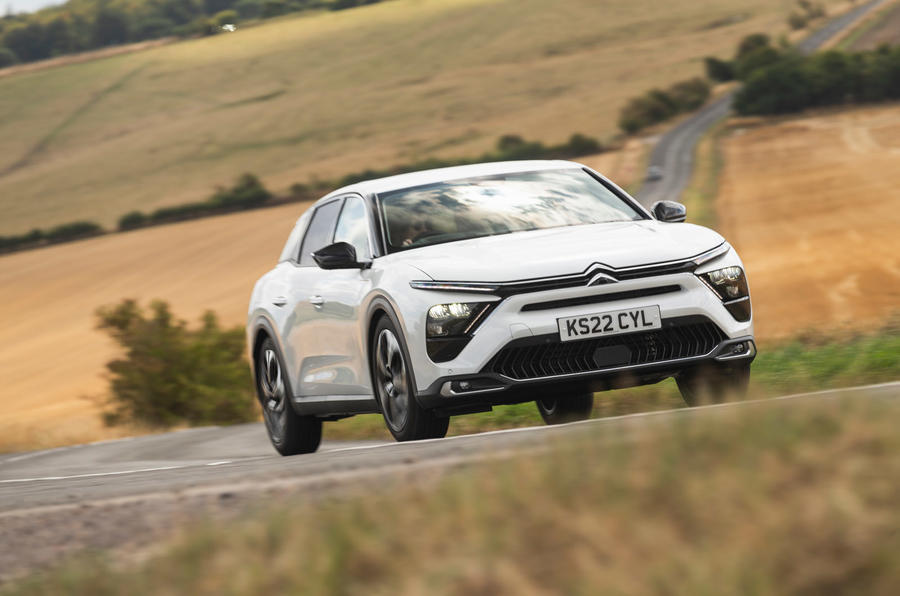
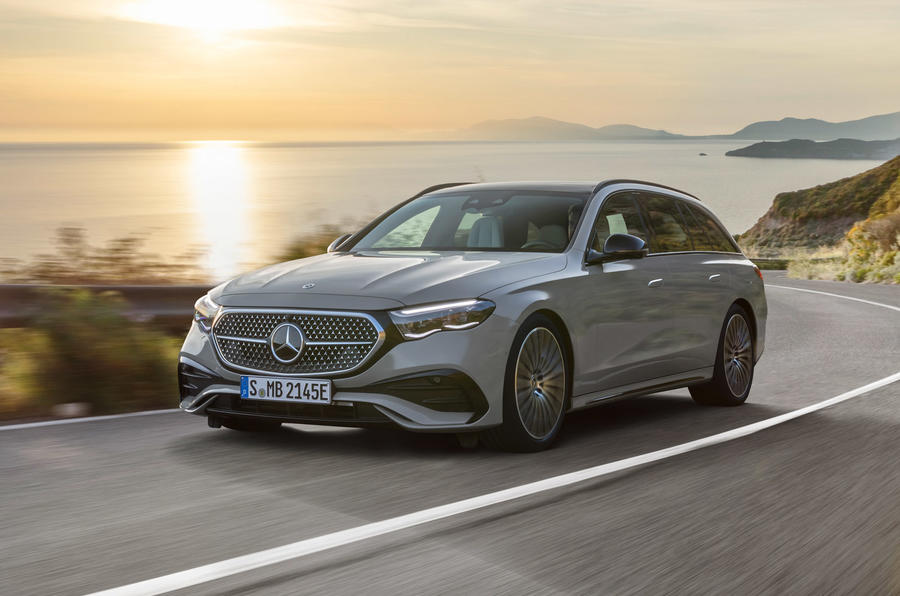
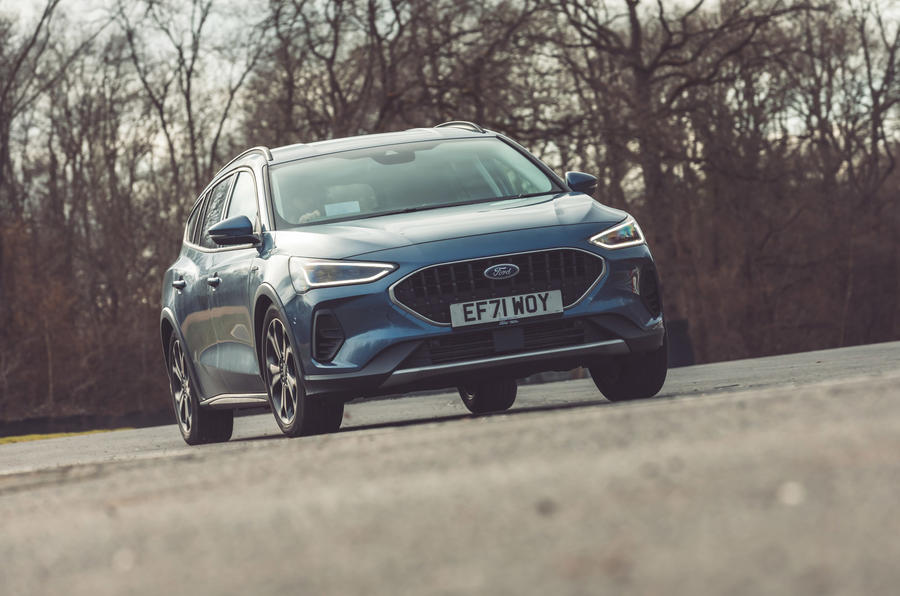
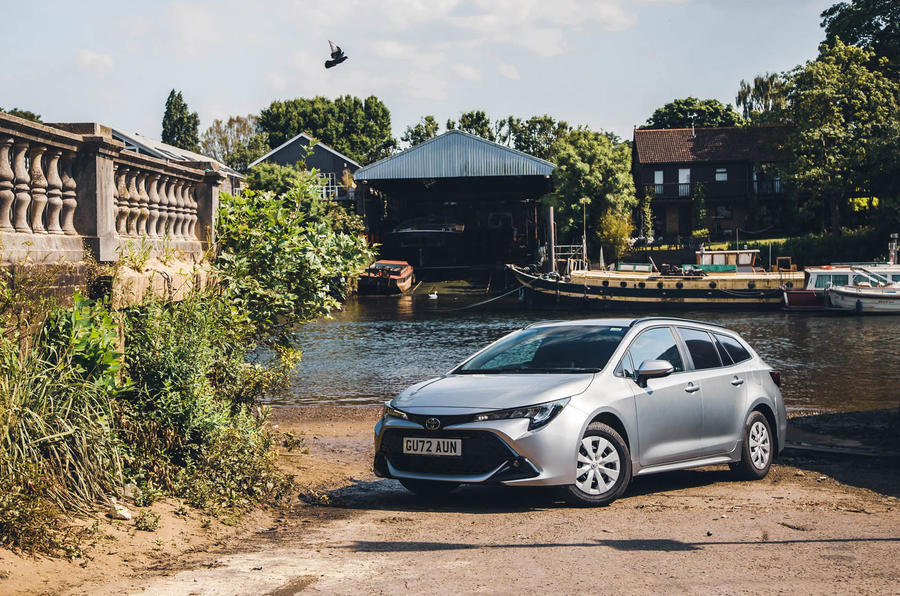
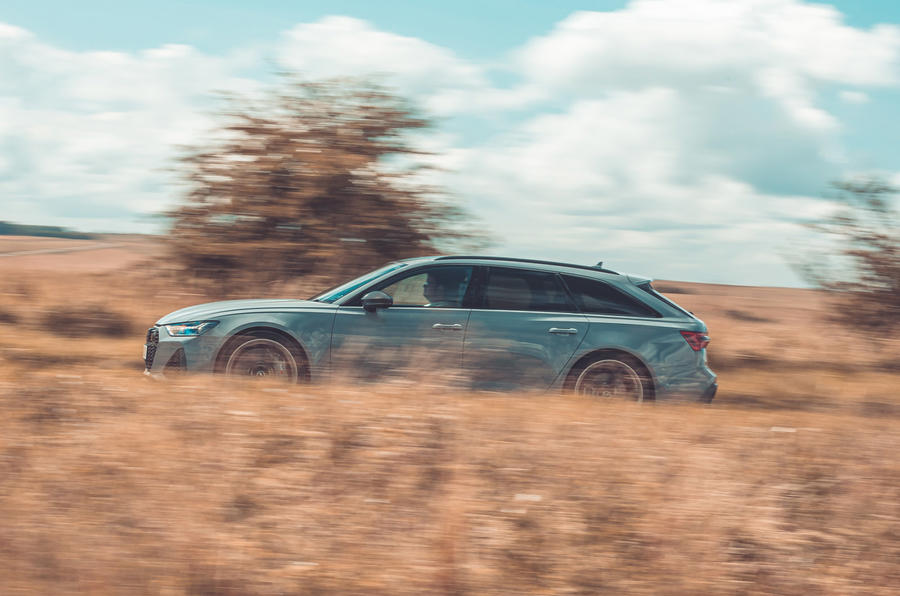
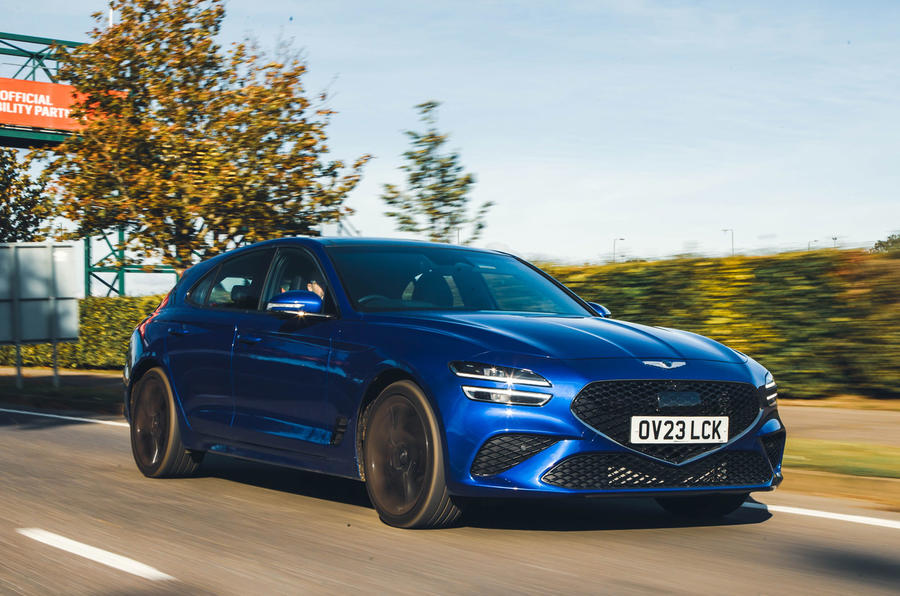






Join the debate
Add your comment
Great (not). Yet another multiple-times-rehashed article.
An estate car was originally designed to carry big loads with the comfort of a normal car. I'm commenting on the March 2024 version which has BMW 5 and 3 touring as 1st and 3rd, with a paltry 560 and 500 litres of boot space. I mean, really? Even my unmentioned Golf Estate has 600, and a Skoda Octavia (also not mentioned) has more than that. Sandwiched between them is the Dacia Jogger which has been squeezed into the category for a laugh.
Better your skates on to buy one of those before the end of 2023...
Perhaps wait until the 30th and negotiate a hefty rebate?
Sadly the traditional estate car has become eclipsed by the crossover/suv and even those that remain have moved from the practical space efficient box shape vehicles to more stylish "sports tourers". I would hazzard a guess that 4 out of 5 of today's fashionistas would on all rational grounds be better off with an estate car than a higher riding more expensive and less fuel efficient crossover/suv. I suppose on our more congested roads a higher driving position gives you a better view of the road ahead an large wheels help you climb the kerbs outside little Tamsin's school. I may be a bit of a Dodo but personally I regret the passing of the MPV. I look at my neighbours three children climb into their VW Touran (often with a bike in the back) as they set off for school each morning and think what a sensible car. Great space with the footprint of a Golf. Incidently they had a Golf estate before their two Touran's.